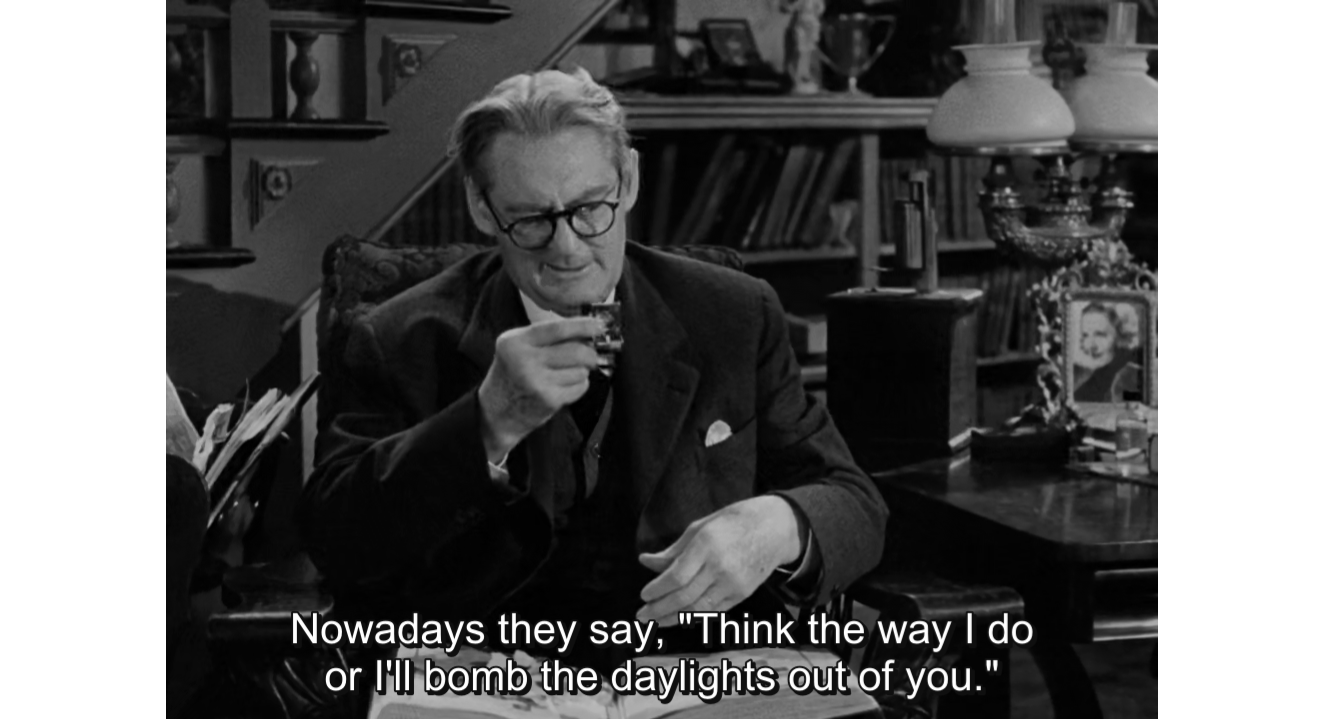
In My Country (John Boorman, 2004)
When Nelson Mandela took over South Africa's presidency and effectively dissolved apartheid in the nation, he solved the problem of justice for many of the nation's victims of the ruling Afrikaners' atrocities through the traditional means of African justice. As opposed to the Western view of treating injustice with retribution and punishment, Mandela instituted a series of hearings where victim and victimizer face each other and tell each other (in the presence of the public) what, where, why, and how these atrocities happened. The system might seem ridiculous at first glance, but it is actually quite effective and very humane. The victim releases his nurtured wrath and repressed anger through his words, and the perpetrator is released from the burdens of his past sins. Of course, the system is not without its flaws as it is a venue for real criminal elements to get away without an ounce of punishment, but it is justified by the endgoal that is sought to be achieved: a balance between the two races brought apart by decades of apartheid.
John Boorman's In My Country is a story of an erstwhile romance between Anna Malan (Juliet Binoche), an Afrikaner woman, and Langston Whitfield (Samuel L. Jackson), an African-American. The two are journalists who are tasked to cover the reconciliation hearings held in different parts of South Africa. In the midst of much disagreements over skin color, the value of the non-traditional (at least to the American journalist) justice system, and the racial history of the nation, the two are swept in a romance that made an impact in their respective lives and viewpoints on life. The film was released in Britain with the title "The Country of My Skull," a much more poetic title that somehow hints of the anthropological roots of all humanity, black or white, which is Africa.
Langston arrives in South Africa to interview the biggest perpetrator of the apartheid atrocities, De Jager (Brendan Gleeson). Langston's interviews with De Jager is interspersed between the many romantic interludes, and the several reconciliation hearings. At first, it's an ominous encounter. De Jager's mansion is adorned with heads of animals and surrounded with bodyguards carrying high powered ammunition, and naturally, Langston cowers in the huge figure cast upon by De Jager. As the interview goes on, and Langston's character grows, the fear and the shadow cast upon Langston grows thinner. In the end, the power struggle almost diminishes with Langston (Jackson is a much taller man than Gleeson) towering over De Jager who seems to give up in quiet finality and resolution.
It's a much flawed film. Yet despite the flaws, there's so much to adore. Boorman utilizes actual details of the several hearings conducted. Most of the stories recounted during the film's many hearing scenes actually happened. Within the context of such hearings, the two journalists are brought together in seamless grace. Much has been commented about the impropriety of the romance in the backdrop of the many atrocities being recounted. But again, the value of these hearings are not to shock or to shame, but to reveal and in the end, establish a perpetual connection between the victims and the perpetrators. In a way, Anna and Langston being brought together romantically through a medium of reconciliation is poetic in its own right.
The two, besides reporting objective truths on pain and suffering, have grown to understand the value of the reconciliation hearings, that apartheid isn't merely contained in racial roots, but in varying opinions, or the lack of such, or in differing philosophies, again brought out, not by one's skin color, but by how he or she is brought up. Langston, despite his African-American roots, is the stranger in the land who learns from the white woman the value, or perhaps, the real lack of value, in one man's skin color, and learns to love (Boorman uses romantic love of course, it is practically film's most potent method of depicting love) without looking at one's color.



































No comments:
Post a Comment